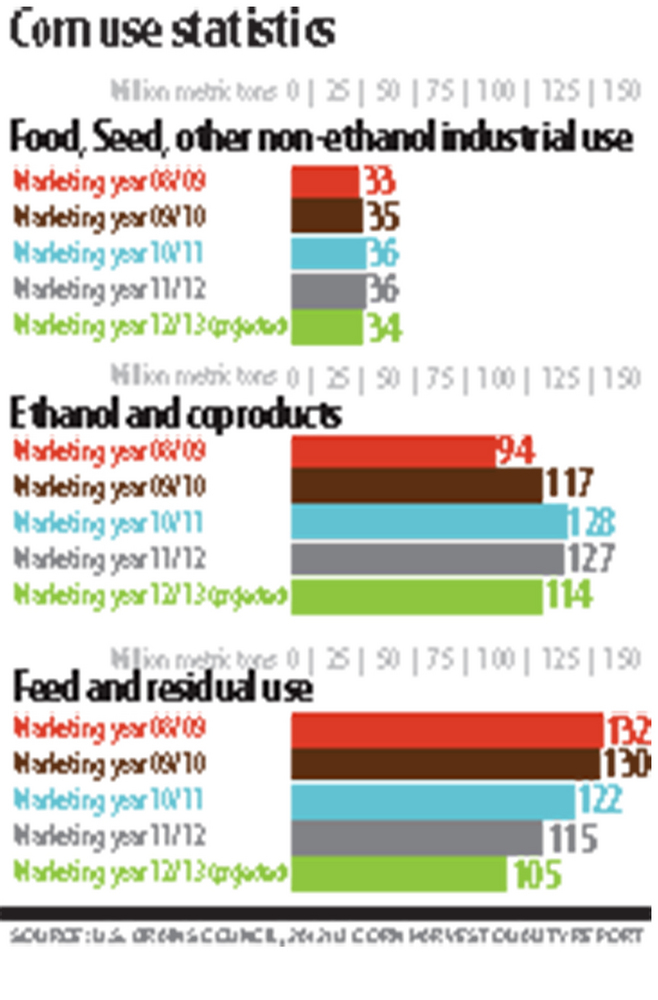USGC reports high quality for 2012 crop

January 16, 2013
BY EPM Staff
In its Corn Harvest Quality Report 2012/13, the U.S. Grains council reported that the overall quality of the 2012 U.S. corn crop is high, and improved over the prior year across a range of test factors. While total U.S. corn production last year fell due to the drought, the crop showed year-over-year improvement in average test weight, protein levels and density, as well as lower moisture and broken corn and foreign material.
For the harvest quality report, samples of U.S. corn were gathered from the 12 states that produce a combined 99 percent of the U.S. corn exports. Tests conducted on the samples cover grading factors, such as test weight, physical factors such as stress cracks, and other items, including moisture, protein starch, oil and mycotoxins.
“The samples tested demonstrate that this year’s U.S. corn crop, while smaller due to the drought, is of outstanding quality overall,” said Erick Erickson, USGC director of global strategies.
Advertisement
Advertisement
Related Stories
The USDA significantly increased its estimate for 2025-’26 soybean oil use in biofuel production in its latest World Agricultural Supply and Demand Estimates report, released July 11. The outlook for soybean production was revised.
U.S. fuel ethanol capacity fell slightly in April, while biodiesel and renewable diesel capacity held steady, according to data released by the U.S. EIA on June 30. Feedstock consumption was down when compared to the previous month.
The U.S. EPA on July 8 hosted virtual public hearing to gather input on the agency’s recently released proposed rule to set 2026 and 2027 RFS RVOs. Members of the biofuel industry were among those to offer testimony during the event.
The USDA’s Risk Management Agency is implementing multiple changes to the Camelina pilot insurance program for the 2026 and succeeding crop years. The changes will expand coverage options and provide greater flexibility for producers.
The USDA’s National Agricultural Statistics Service on June 30 released its annual Acreage report, estimating that 83.4 million acres of soybeans have been planted in the U.S. this year, down 4% when compared to 2024.
Upcoming Events










